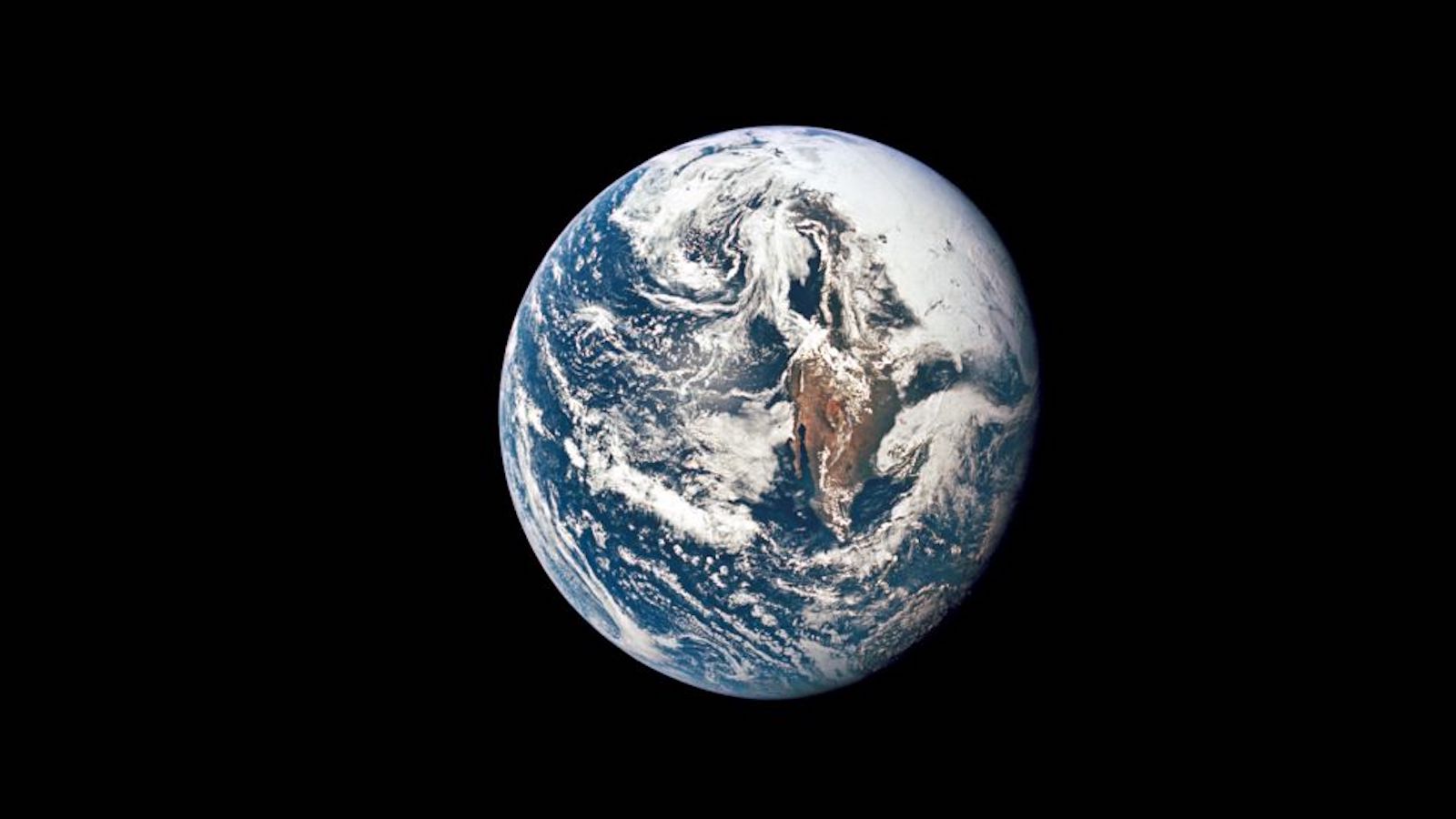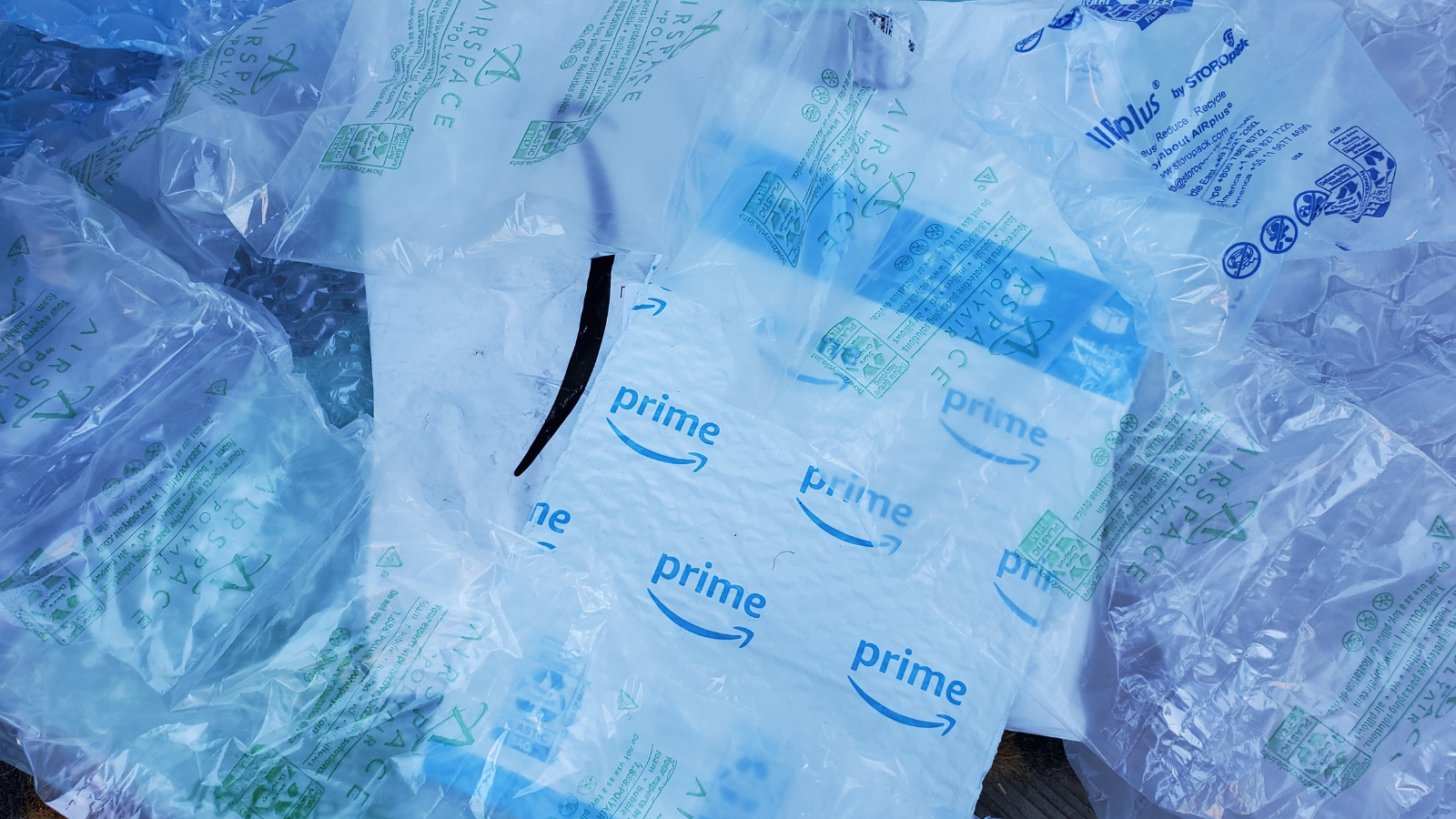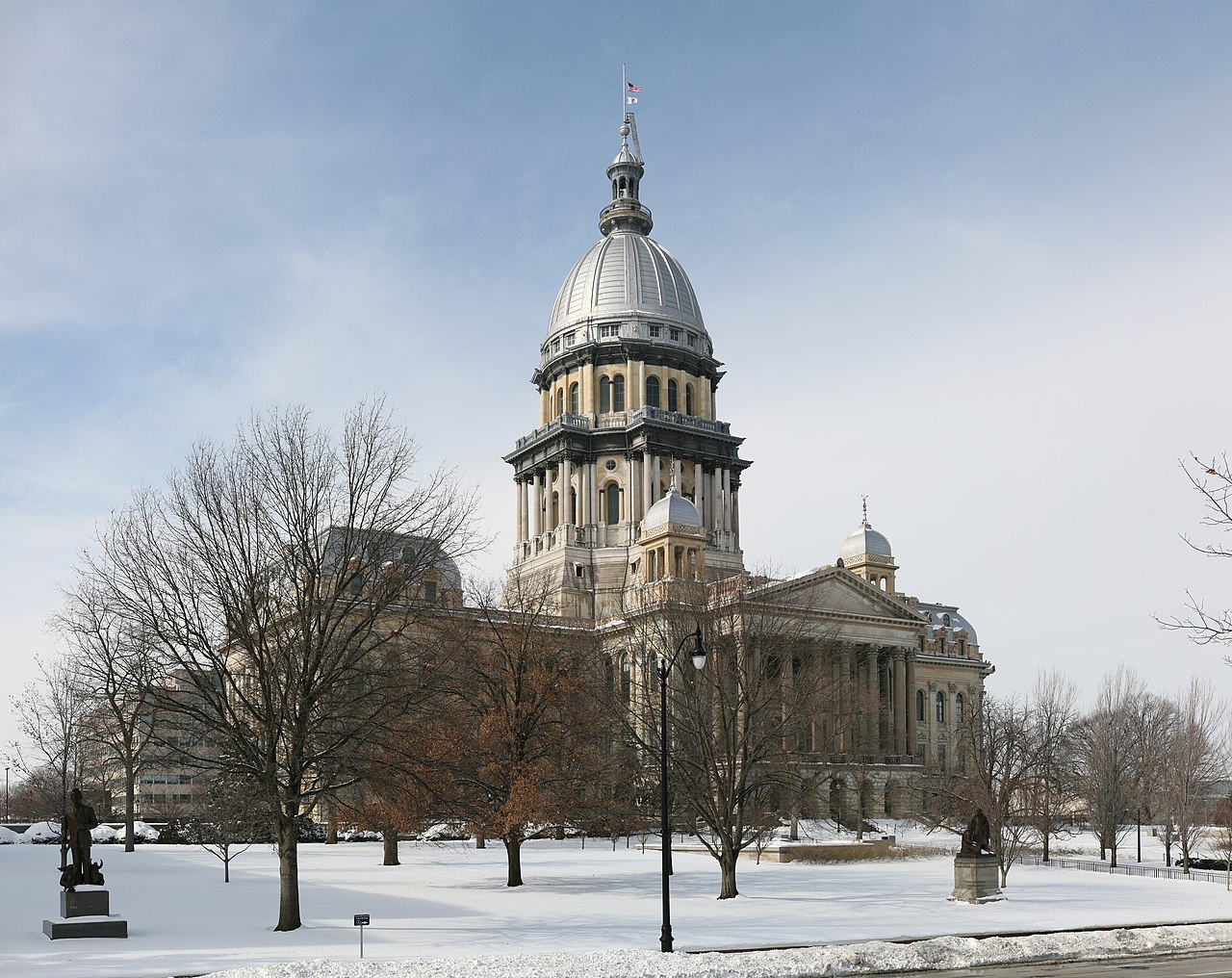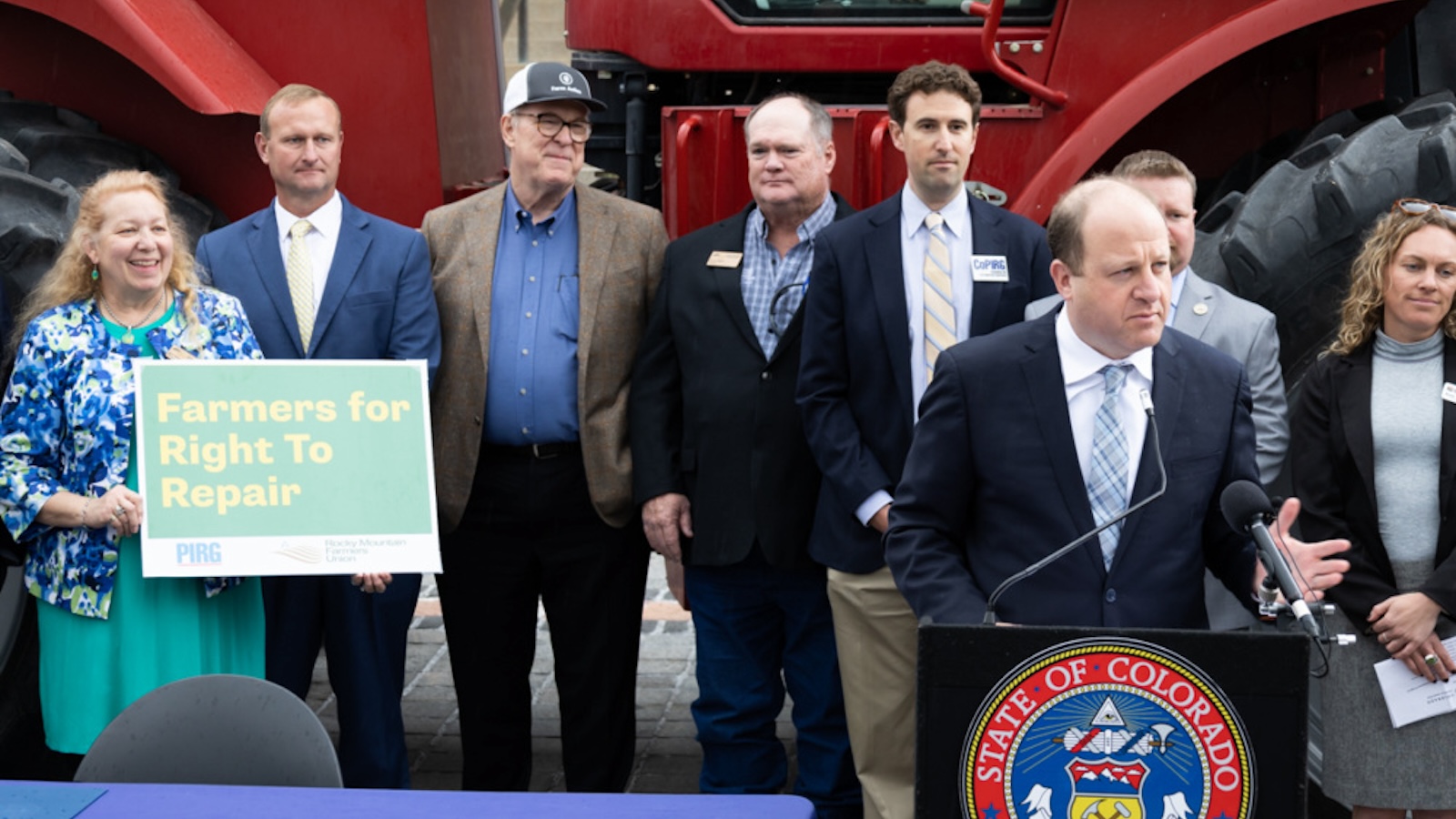
An Earth Day Top 10 list
We’ve made a lot of progress for our planet in the 12 months between Earth Day ‘20 and Earth Day ‘21. Here’s a list of our top 10 accomplishments to help break the waste cycle.

An update from Faye Park, executive vice president of The Public Interest Network
In honor of Earth Day 2021, I want to share with you 10 things that have happened since the last Earth Day that are helping America to break the waste cycle.
This pandemic year intensified both our waste generation and our grasp of its unsustainability. Some of the things we threw away this year did an important job — such as the disposable items that health professionals used to reduce the spread of COVID-19. But much of the trash generated in 2020 can’t be justified that easily. The accelerating treadmill of material extraction, manufacture, consumption and disposal of waste degrades nature and our health and contributes to climate change. It cannot be justified to the generations to come.
We must shift to an economy that produces things that are built to last and that continuously reuses, recycles and composts all its materials. To shift our entire economy, we need coordinated action everywhere decisions are made. That’s why The Public Interest Network’s organizations and our allies and supporters have been pressing for change in statehouses and in Washington, D.C., in corporate boardrooms and on college campuses.
Here are 10 highlights from the work of U.S. PIRG and the state PIRGs, Environment America and the state environment groups, and the Student PIRGs that have brought us closer to a zero-waste future since last Earth Day:
- Washington state passed the nation’s strongest plastics policy.
Just this month, Washington’s Legislature banned expanded polystyrene peanuts, coolers and foodware; required businesses to provide single-use utensils, cups, lids and other foodware only upon customer request; and required that plastic beverage bottles, household cleaning and personal care bottles, and trash bags contain at least minimum levels of post-consumer recycled content. Gov. Jay Inslee is expected to sign the bill, making Washington the first state in the nation to comprehensively require opt-in for utensils, cup lids and condiments. - New Jersey passed the nation’s strongest ban on single-use plastics.
At a time when pandemic fears have led to the delay or rollback of many other single-use plastics bans across the country, Environment New Jersey led the state to set a visionary new standard regulating single-use waste, breathing new life into the nationwide zero-waste movement. - Virginia banned polystyrene, what many of us know as Styrofoam.
After collecting more than 50,000 petition signatures calling on state leaders to take action, Environment Virginia led the way to the passage of this law this spring. Gov. Ralph Northam also signed an executive order which will phase out single-use plastic in government operations. - CALPIRG Students turned their passion into action and won a big commitment from the University of California system.
CALPIRG Students’ Plastic-Free Seas Campaign collected more than 12,000 student signatures over the past year calling for the UC system to phase out non-essential single-use plastic products. They sponsored resolutions with the UC Student Association and local student government on several UC campuses, and the whole system has now committed to phasing out these plastic products by 2030. - Environment America launched a campaign to tell Whole Foods: Planet Over Plastic.
Whole Foods has long aimed to be a leader in sustainability, but the company lags behind its competitors in reducing plastic packaging. Environment America’s new campaign calls on Whole Foods to eliminate all single-use plastic packaging from its operations. More than 54,000 people have added their support to the effort so far. - U.S. PIRG launched a Waste Is Out of Fashion campaign.
Clothing and other textiles are piling up in landfills around the country faster than any other type of trash we throw away in the United States. U.S. PIRG is calling on state and local governments to take action to ensure that the clothing waste problem does not continue to grow. - PennEnvironment Research & Policy Center found microplastics in every single waterway they tested.
Microplastics increasingly end up in our environment, waterways, marine animals — and even in human organs. When our team in Pennsylvania tested samples from 53 waterways in their state, they found microplastics every single time, kicking off a media firestorm. - 27 states considered Right to Repair.
When we buy stuff, we should be able to repair it if it breaks — and keep it from the trash heap. But many manufacturers make repair for products such as cell phones, tractors and medical devices difficult, making it more likely that we toss the old product and buy new, and costing us more in dollars and waste. U.S. PIRG’s Right to Repair campaign aims to disrupt this cycle, and in 2021 convinced a record 27 states to consider legislation that would guarantee the right to repair. - The Break Free From Plastic Pollution Act was introduced in the U.S. Congress.
Last month U.S. Sen. Jeff Merkley and U.S. Rep. Alan Lowenthal reintroduced the Break Free From Plastic Pollution Act. If the act becomes law, it would continue to reduce single-use plastic and packaging nationally, and finance recycling, composting and reusable infrastructure. It would also save local and municipal governments billions of dollars per year by shifting the cost of managing waste and recyclables to the plastic producers. - U.S. PIRG Education Fund reported on how to Break the Waste Cycle.
One strategy to stop plastic waste is to ban making it in the first place. Another is to create the incentive to stop making it by putting the responsibility for its disposal on plastic producers. U.S. PIRG Education Fund’s new Break the Waste Cycle report explores what effective producer responsibility programs could look like.
I look forward to updating you with another 10 steps forward for Earth Day 2022.
Topics
Find Out More


Turning plastic waste into plastic lumber isn’t recycling

Our 2024 priorities in the states

